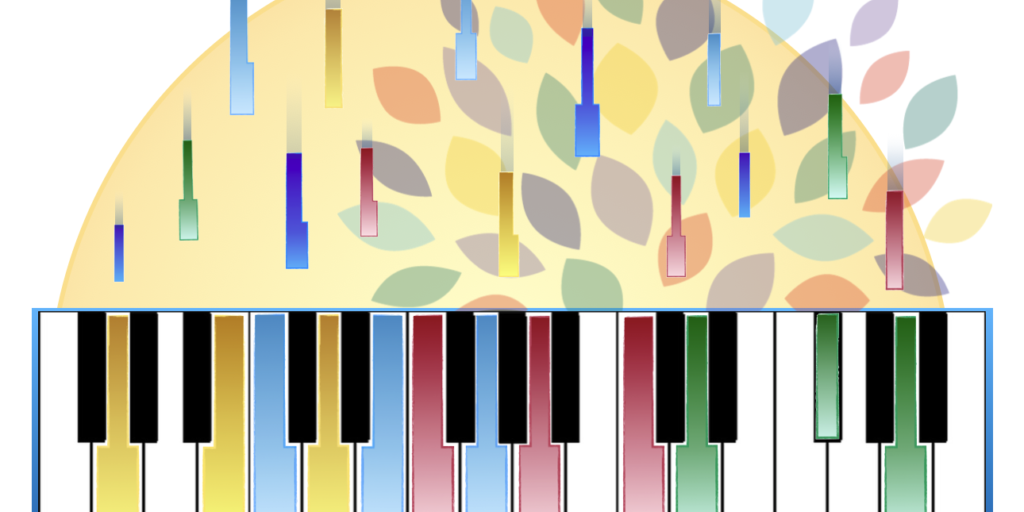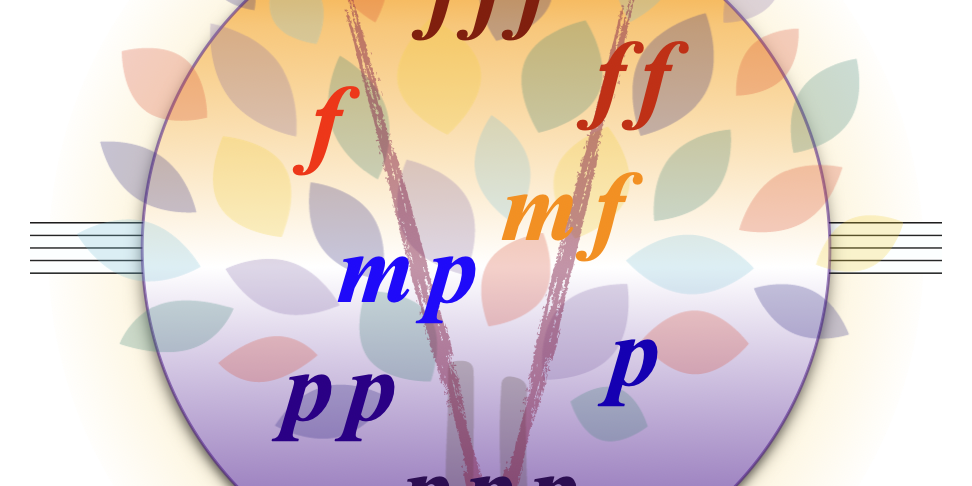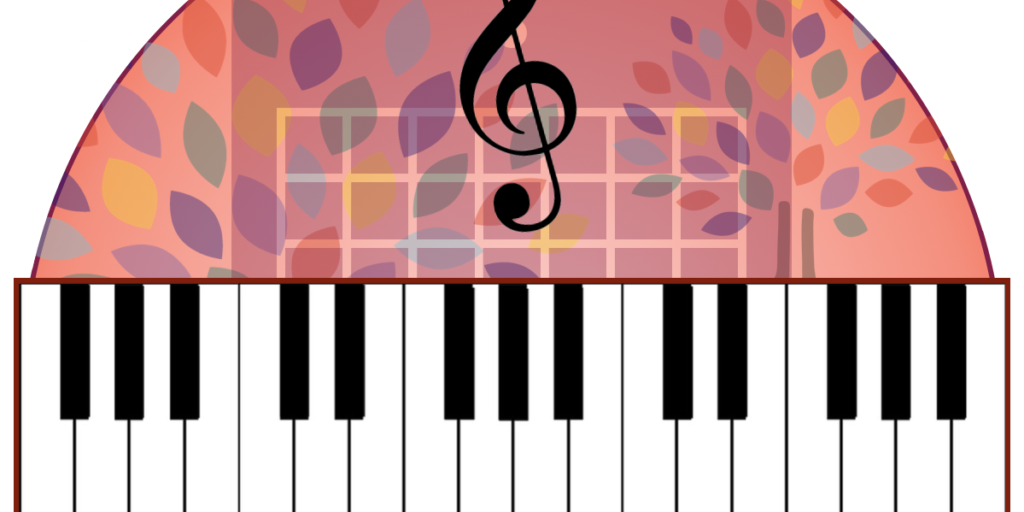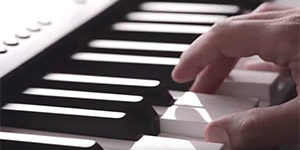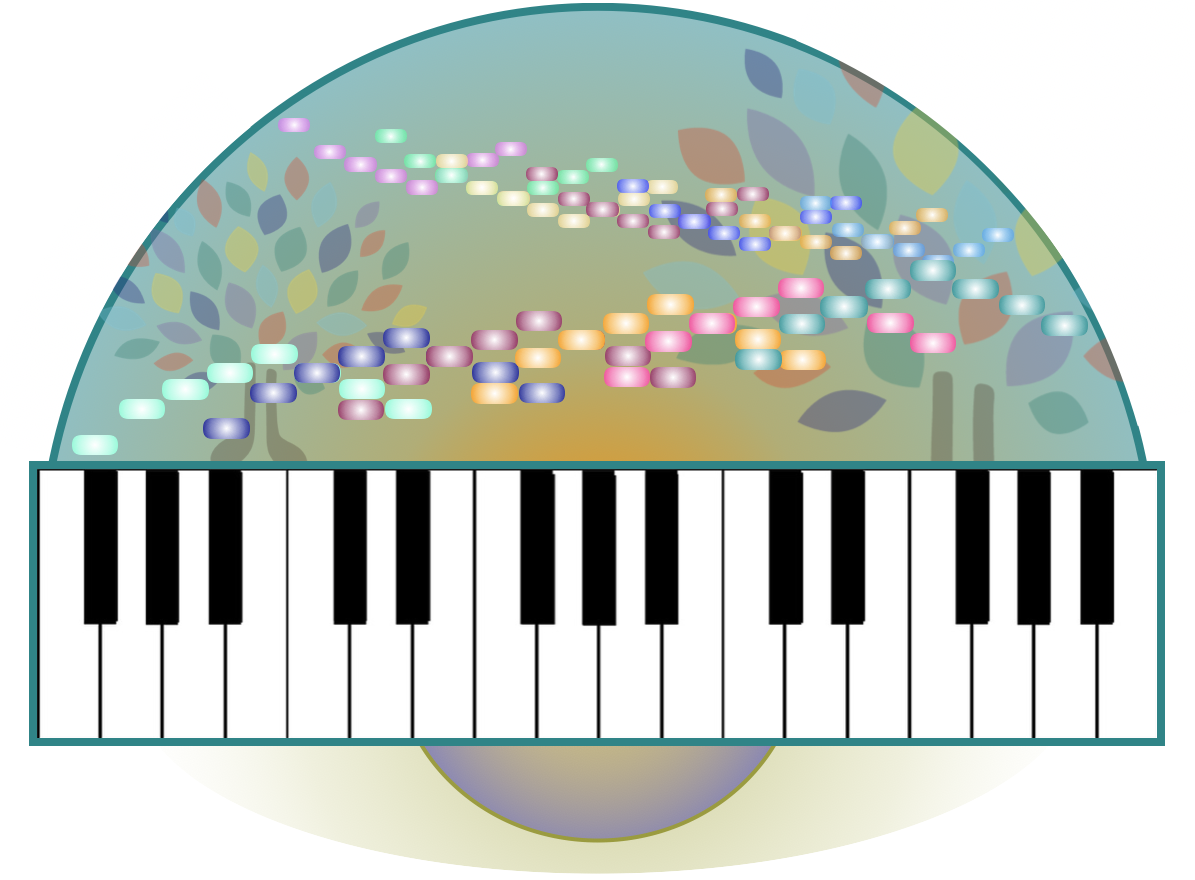
Practicing “technical” exercises is one of the best ways to improve your physical ability to play the piano. Learning technical exercises is all about working on one or two specific skills at a time to more efficiently boost your overall technique. Practicing technical exercises helps make learning pieces of music easier in the long run.
As with many instruments, the piano world has some staple technical exercises you’ve probably heard of: scales, arpeggios, trills, and so on. In fact, a large number of exercise books aim to diversify and expand upon these technical basics. Among these collections, the most famous is almost certainly that by Charles-Louis Hanon, commonly referred to as “the Hanon exercises.”
What are the Hanon Exercises?
Charles-Louis Hanon (1819–1900) was a French music teacher and composer. In 1873 he published a book of sixty piano technical exercises called The Virtuoso Pianist, in 60 Exercises, a comprehensive technical method “to gain speed, precision, agility and strength in the fingers as well as flexibility of the wrists.” Hanon’s The Virtuoso Pianist has been a popular method for technical improvement since its publication, and incorporates scales, arpeggios, trills, and octaves into its exercise program.
The most widely used exercises from the book are the set of 20 with which it opens. This article focuses on how to tackle this first set of 20 closed-position exercises.
The original exercises of The Virtuoso Pianist were intended to be used by a broad spectrum of piano learners, from seasoned performers to beginners who’d been playing for “about a year.” However, in modern times there are slightly different standards for what a casual beginner should know. For example, 16th notes may be less familiar to beginners than they used to be. So a number of revised versions of the first 20 exercises have been published that are a little more beginner friendly. They are usually labeled, “easy” or “junior” Hanon. Typically, they shorten the length of the exercises by half, and convert the 16th notes to 8th notes:
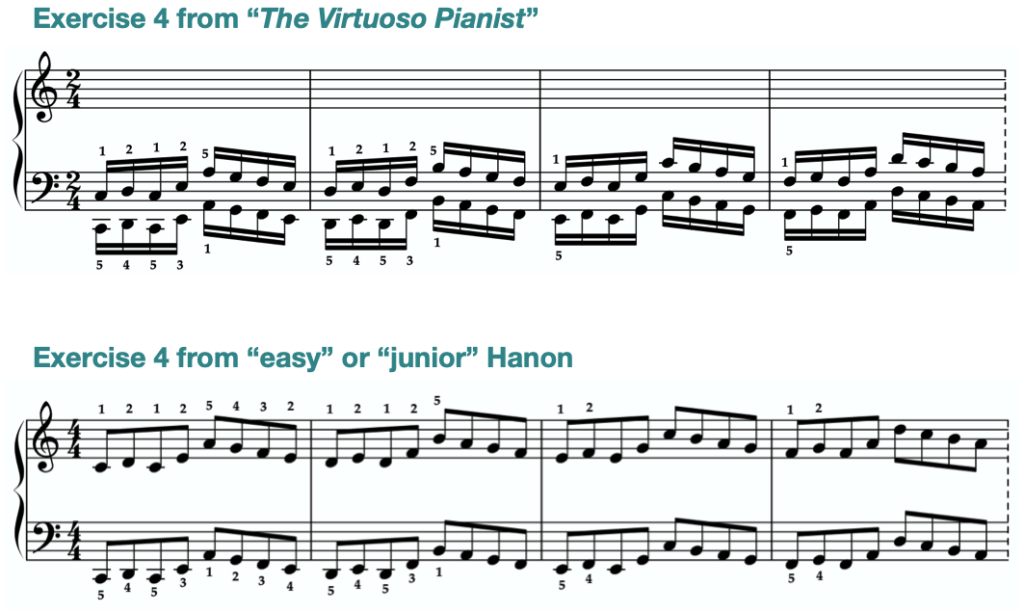
We use the simplified version of the exercises throughout this article.
Here are the first few measures of exercise 1, along with a recording of the author playing the entire exercise:

In listening to the recording, hopefully you noticed that there were two patterns: an ascending version and a descending version. Following these patterns will be key for understanding how to play the exercises.
How to Play the Exercises
As stated above, the first 20 exercises of the Hanon technical method consist of two patterns: an ascending pattern and a descending pattern.
There are two main steps for efficiently learning the exercises:
- Learn the two patterns. Learn them so well that you can play them starting from any key of the piano, no matter what combination of notes you end up playing.
- Learn how long to repeat each pattern. For all but the descending pattern of exercise 1, the length will be 7 measures.
When played as presented in the notation, the patterns move stepwise up and down the white notes of the piano:
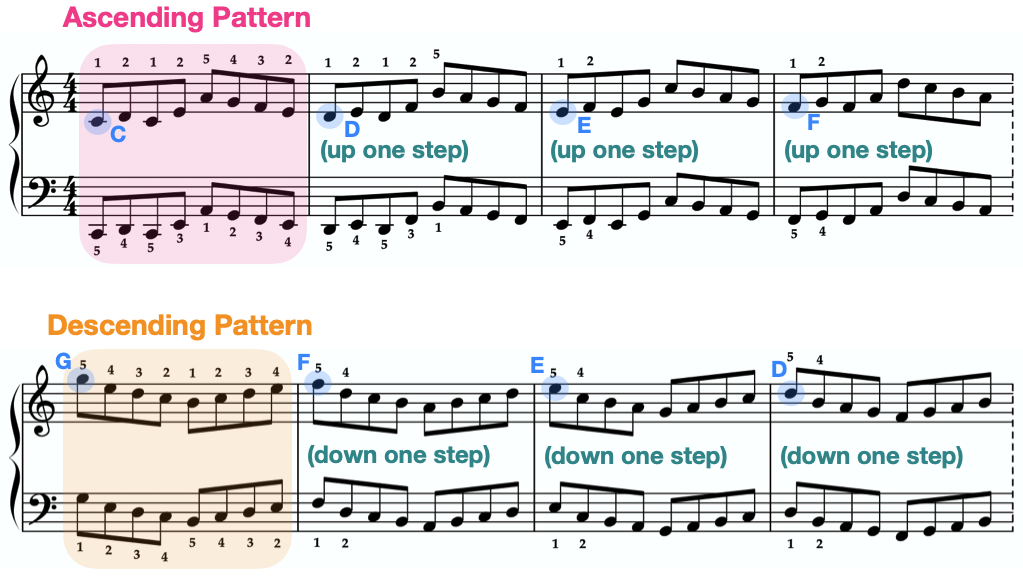
Many students mistakenly try to learn the exercises by reading them as one might a piece of music. This is a less efficient way to learn the exercises, and students learning them this way are missing out on some valuable points of skill development.
Each pattern is ONLY one measure long; when asked to play the patterns, many students will mistakenly land on the first note of the next measure, which is incorrect.
Your first goal is to learn the patterns so that you can play them automatically from any starting position. You want to put all of your energy into getting the right finger movements for the patterns.
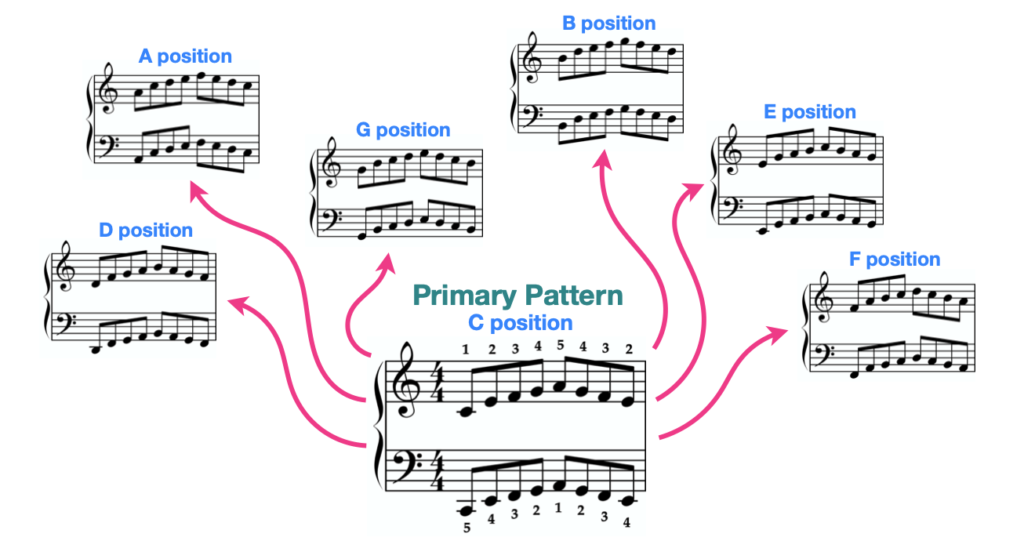
Because the exercises only use white notes, you should be able to train the movements of each pattern into your hands so that you can place your hands on any white note and play them without thinking. When you apply this confidence to playing each pattern ascending and descending stepwise, you’ll end up with the same exercise structure you see in the book.
After that, you need to know how long to play each pattern.
For the easy or junior Hanon exercise books, the answer is almost always the same: 7 measures. This means that, once you have the pattern in your fingers, you simply need to play it stepwise up or down and count: 1, 2, 3, 4, 5, 6, 7.
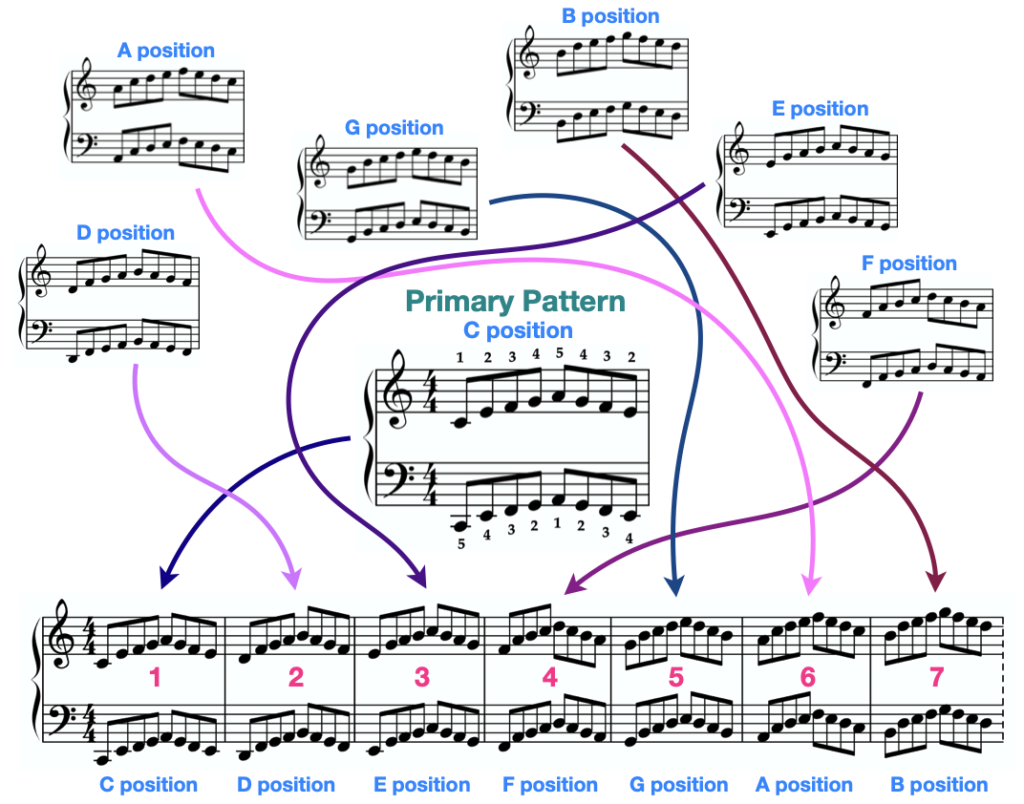
The one exception to this is in the descending pattern of the very first exercise, where you’ll descend 8 measures instead of 7.
Using this method you should be able to efficiently learn each of the 20 main Hanon exercises.
Practicing Hanon
To properly practice the Hanon exercises, make sure you’re using a good sitting posture and curved hand structure. Try not to let your fingers do all of the work - keep your fingers below the tops of your hands as you play, and let your wrist and arm weight help you push down the keys.
The Hanon exercises are good for beginning and intermediate students to use for learning small variations on different patterns and movements, however they should not be lingered on once an efficient practicing rhythm has been reached. Once you can confidently play through an exercise from start to finish with no mistakes at a reasonable tempo, move on to the next one. You can always return later for another round through the exercises to try and achieve higher speeds.
If the easy or junior Hanon books seem too simple, you can try out the larger versions of the exercises in The Virtuoso Pianist. The Virtuoso Pianist instructions often counsel players to play multiple exercises in succession (without stopping), which is another way to increase the difficulty. You can also try playing the exercises using different rhythms and articulations, and as well in other keys.
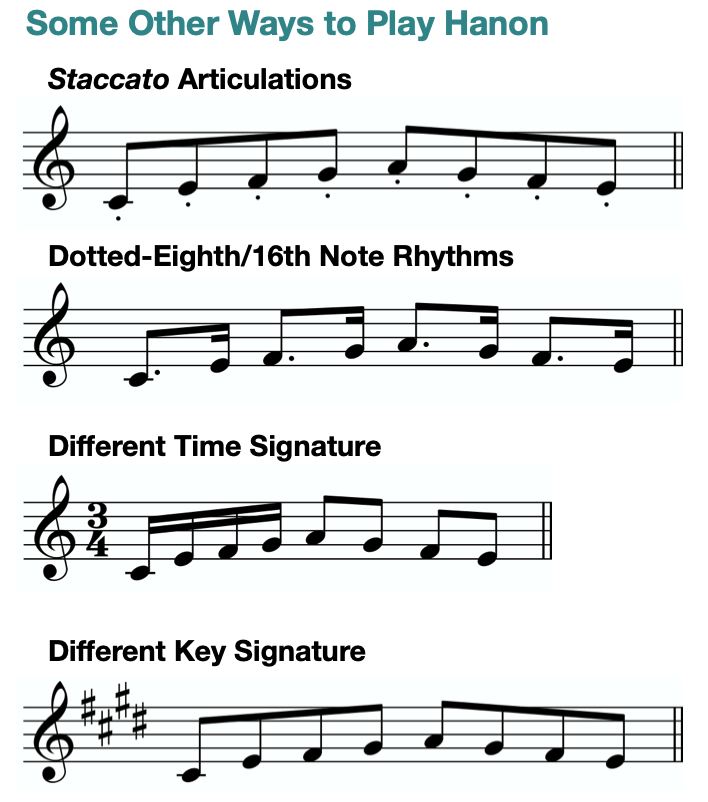
All versions of Hanon contain additional exercises such as scales, arpeggios, and trills, that should be practiced in addition to the main 20 exercises.
Thanks for checking out this article from Liberty Park Music! If you liked what you saw here, you can find more in our blog at libertyparkmusic.com. We also have a YouTube page! And if you're really ready to take your music training to the next level you can subscribe to our site and gain access to a full spectrum of piano, guitar, drum, and music theory lessons.
Sign up for our free newsletter
Useful articles for musicians
About the Author: West Troiano
West has over 10 years of teaching experience in settings that vary from private studios to college classrooms. In addition to teaching through traditional forms of piano pedagogy, West frequently produces music and teaching materials that cater to the needs of his students. Check out West's course on Piano Etudes for both beginners and intermediate pianists.


